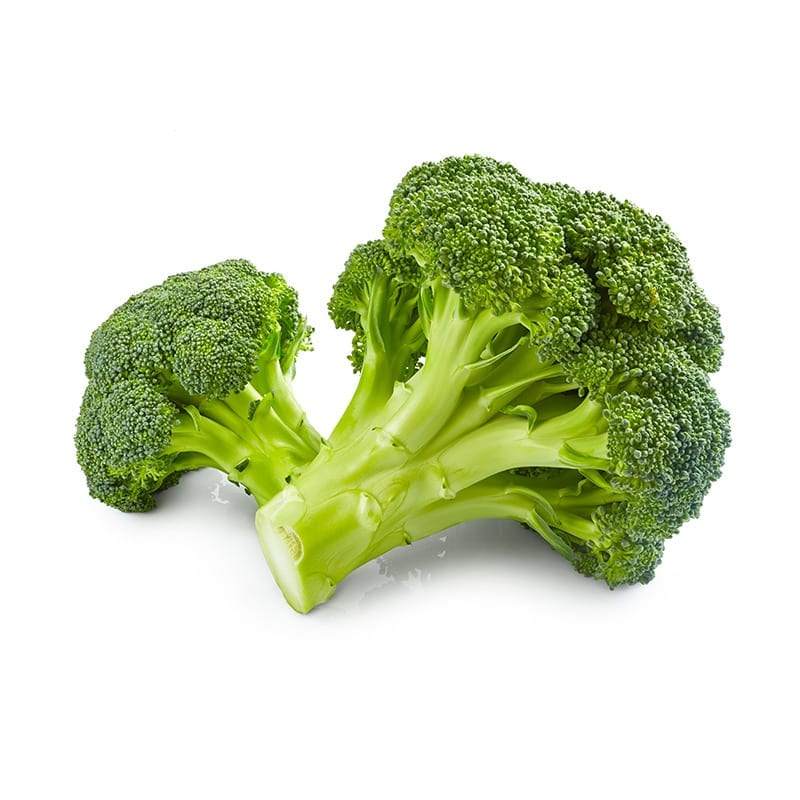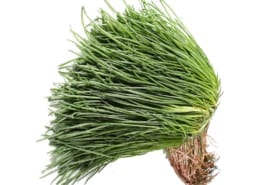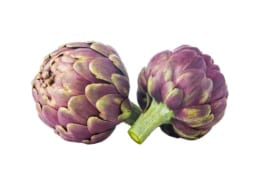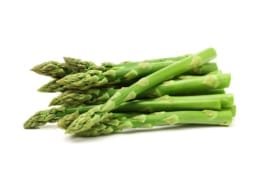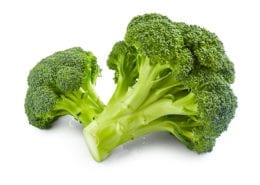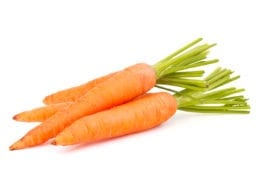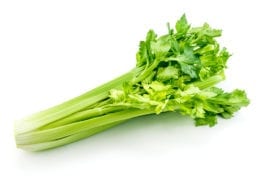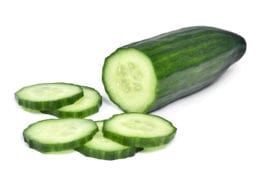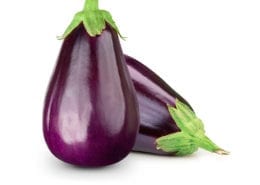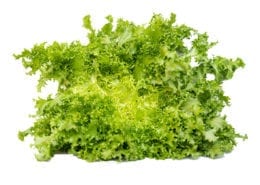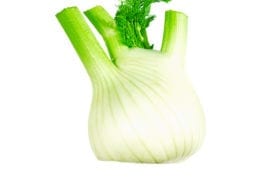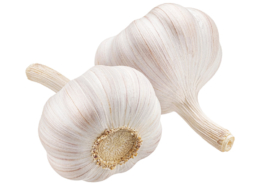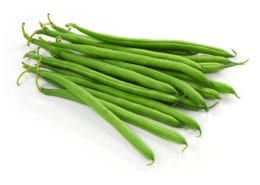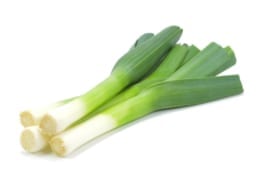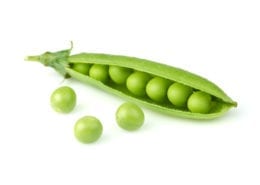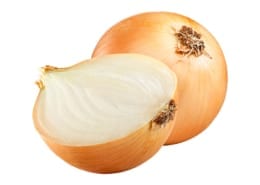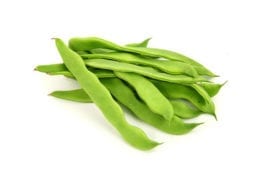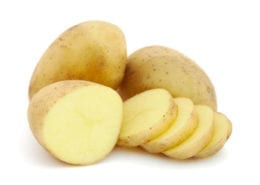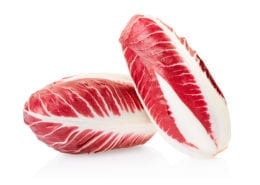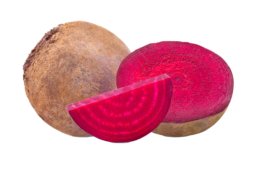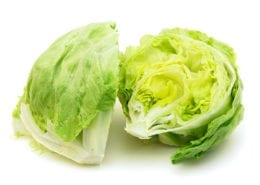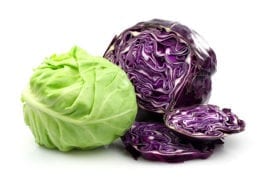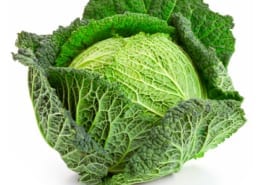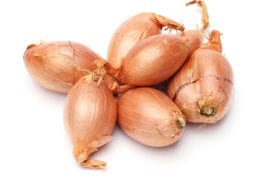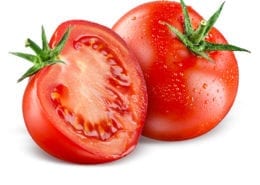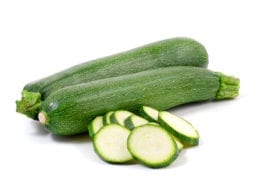Cabbages
Cabbage (Brassica oleracea L., 1753) is a plant belonging to the Brassicaceae family.
The most important mineral compounds contained are sulfur, calcium, phosphorus, copper, iodine, selenium, magnesium. All cabbages (especially if fresh) are rich in vitamins, especially vitamin B1, and vitamin C.
The different varieties of cabbage have numerous uses in the kitchen. They are widely used in Italian and European cuisine, both raw and cooked. For each variety there are recipes and particular uses.
Cabbage has a modest nutritional content, with modest quantities of carbohydrates and even less of proteins. For mineral compounds and microelements present in a wide variety, however, it is very useful for replenishing the body’s mineral reserves. Due to the high fiber content and the presence of plant cell part, it has a high satiating power (although it is not balanced food), if combined, as is traditional, with legumes, or carbohydrates (bread or pasta).
Variety
Cabbages
-
White
-
Broccoli
-
Romaneschi
-
Green
-
Verza
-
Purple
Seasonality
Cabbages


